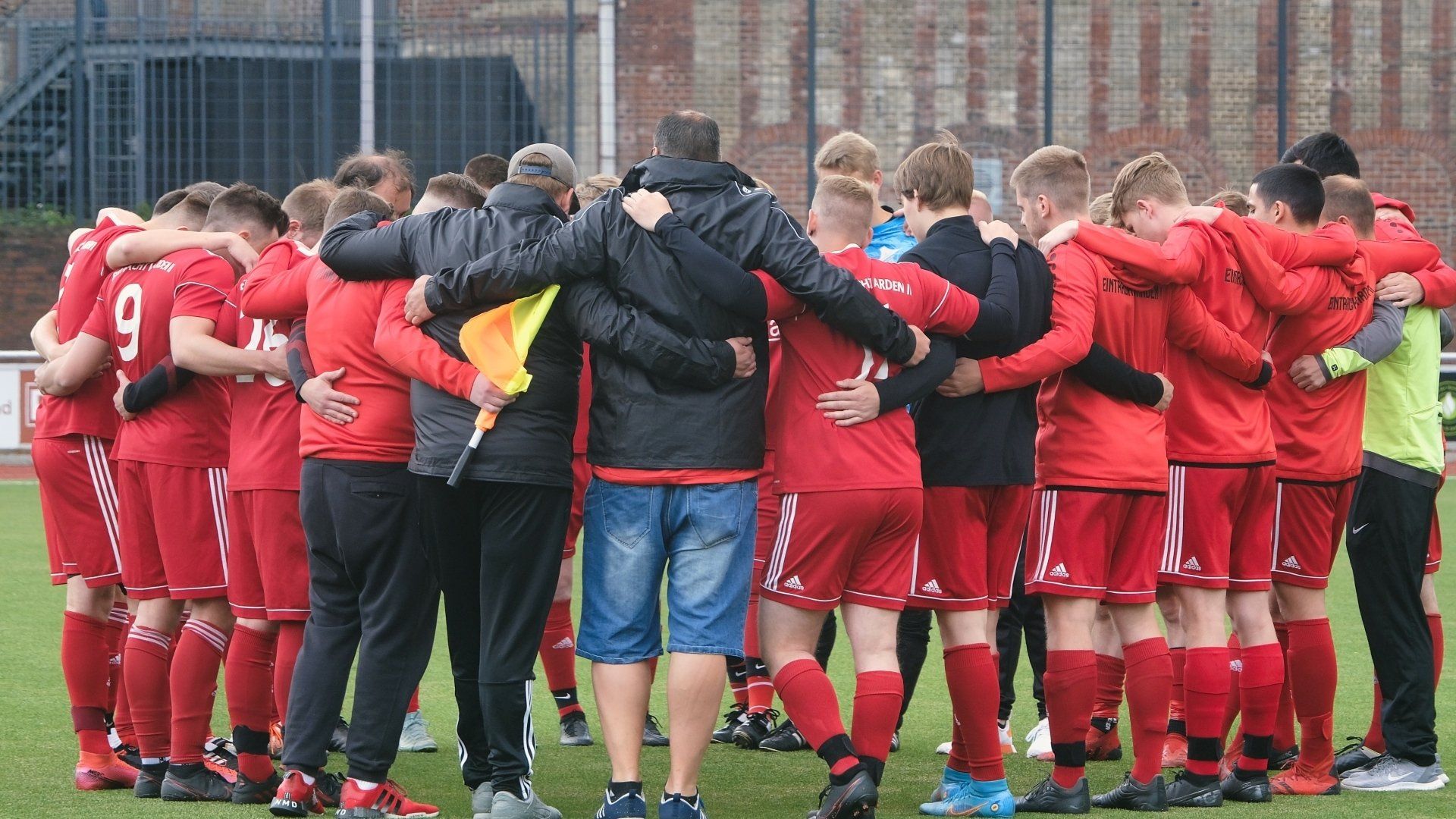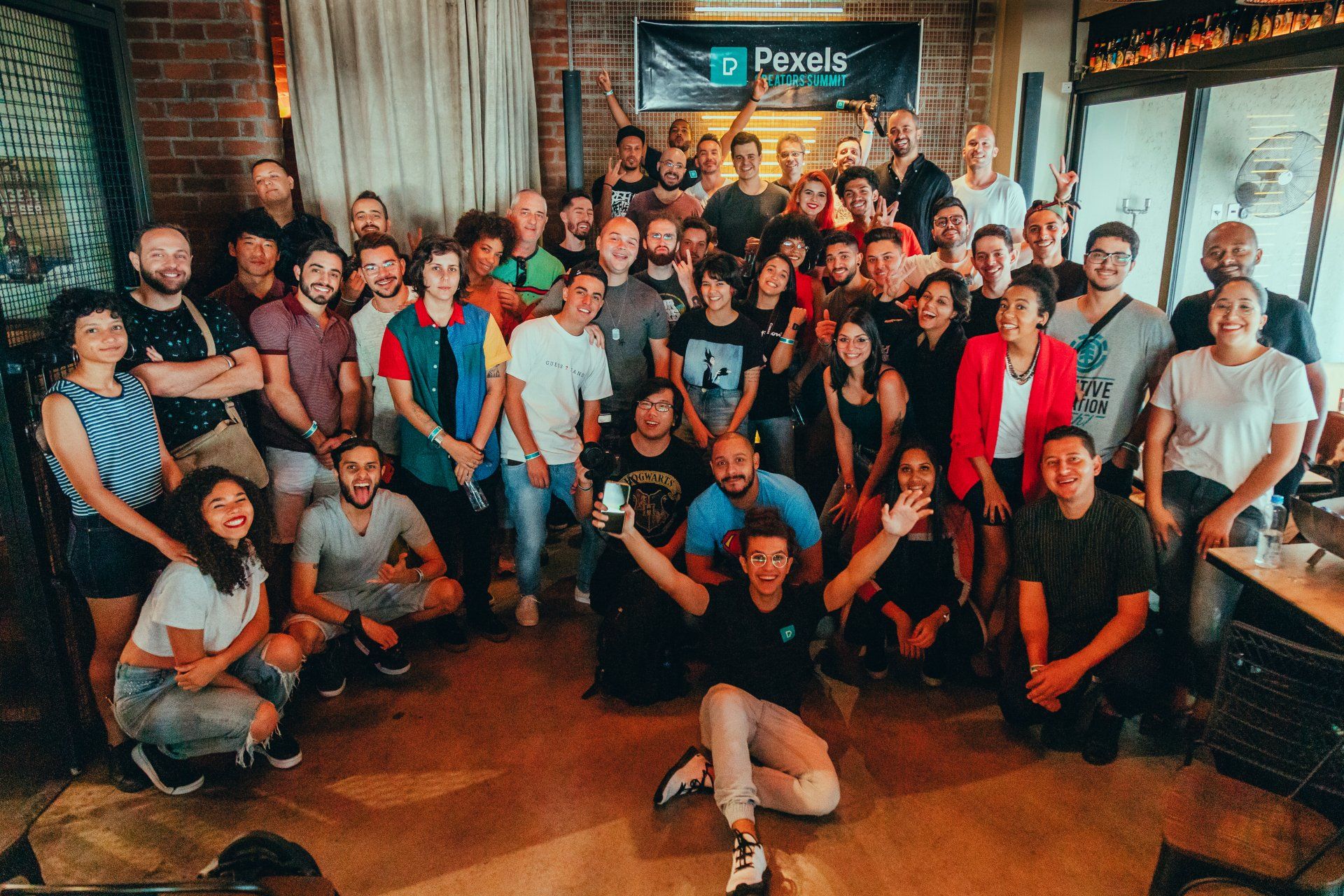BLOG
4 Key Ways to Recognize Your Employees
Employee recognition is a simple and proactive way to improve employee morale, lower turnover, and boost overall team motivation to get the job done (and good news: productivity will soar!). We encourage leaders to open this gate of opportunity and develop a successful game plan for recognizing your team. What is the right approach for your organization? The following are some tips that will help get things moving in a positive direction…
A Little Goes a Long Way
Employees want to feel appreciated, even when the gesture is small. Whether a handwritten thank you card for going above and beyond, public/private praise and recognition, or honoring someone as the employee of the month with a closer parking spot for their hard work. A memorable and easy reward… allow your employee take his/her spouse out to dinner on the company. Getting the partner involved is key, as it increases the impact and brings the reward factor home!
Taking action is the most important factor, whether big or small. Respect and praise are free and should be given freely. Organizations do not have to break the bank to make employees feel valued, but rather have meaningful rewards provided at varying intervals.
Be Aware of Differences
Successful recognition is based on a customized approach. Be aware of your methods behind recognition, whether private or public. Bob from marketing may love when people clap and cheer for his accomplishments, however Sue from sales may not feel the same way. Reach out to your team to see what makes them most comfortable. This could be done via conversation or survey (depending on the size of your organization).
Additionally, everyone has different reward types that are appreciated. We recommend sending out a “Fun Facts” sheet to help you team get to know each other. The hidden agenda behind this project lies in the details. When we ask people about their favorite food, drink, hobbies, candy, restaurant, etc. then we have a great customized tool to use down the road when you need ideas for rewards, gift cards, or even the simple gesture of leaving a special treat on your employee’s desk. Customization matters, your team will appreciate that you took the time to think about them specifically.
Remember the Special Days
Birthdays, marriages, anniversaries, the birth of a child; these are all events that employees celebrate and cherish. Your organization should also! Be sure to genuinely show interest (ask questions!) and celebrate these important life events. Whether it’s a small party put together by department colleagues or a monthly celebration for all of the birthdays, look for reasons to celebrate your team.
One of our favorite areas of recognition is around employee birthdays. We encourage clients to send a $5.99 personalized note and Cheryl’s Cookie Card to each person, and while the cost is low the impact has been significant and well received. It’s personal, thoughtful and makes each employee feel special. Celebrate milestones and let your team know that you are happy for them, it does not cost much. Employees just want to know that you care.
Let Them Take the Lead
Do you have an employee interested in leading an initiative or otherwise making a positive impact on your company? Encourage him/her to take the lead. Form committees of special interest (community, social, diversity, educational, creative, etc.) or start new projects for process improvement. Providing empowerment opportunities like this increases employee morale and the “ownership” feeling that builds commitment and breeds pride. Additionally, it builds into your employee’s skills as a form of leadership development. Also remember to recognize those who take the lead – a key strategy to building trust and commitment between an employer and employee.
As you can see from the above examples, employee recognition matters. Taking time to say thanks, pat people on the back, and give rewards can lead to great things. Employees feel appreciated, which engages the team and builds morale thus lowering turnover. Your organization needs this to survive and thrive. Take some time to review your current rewards and recognition program, then use these findings to make improvement and personalize your approach. Show that you care, and employees will do the same.




